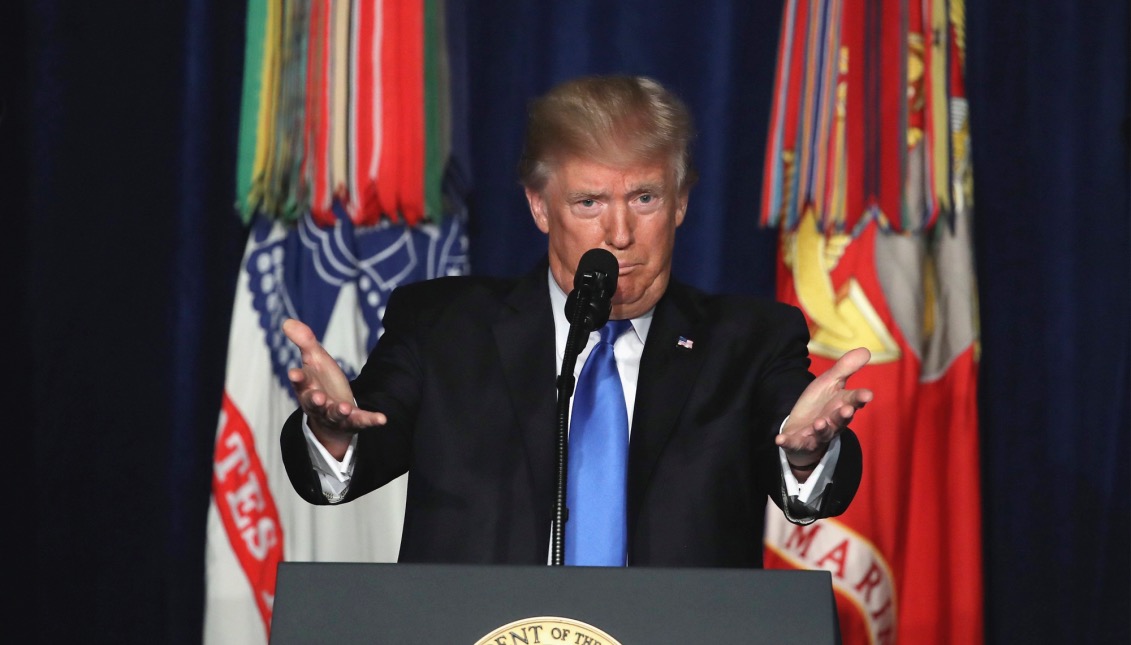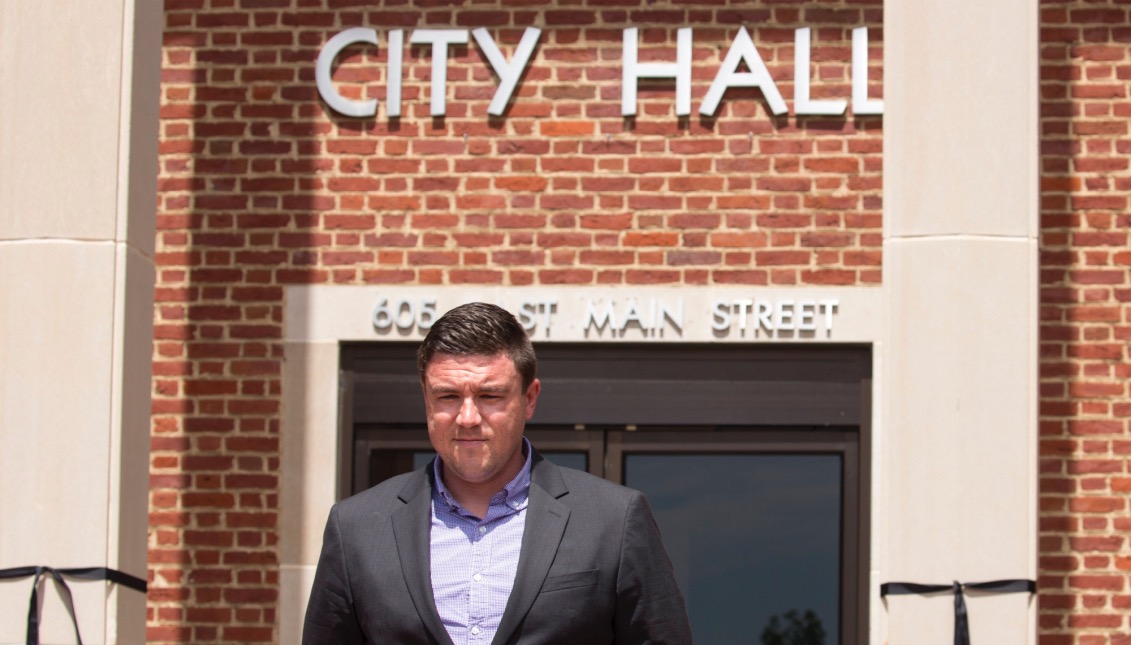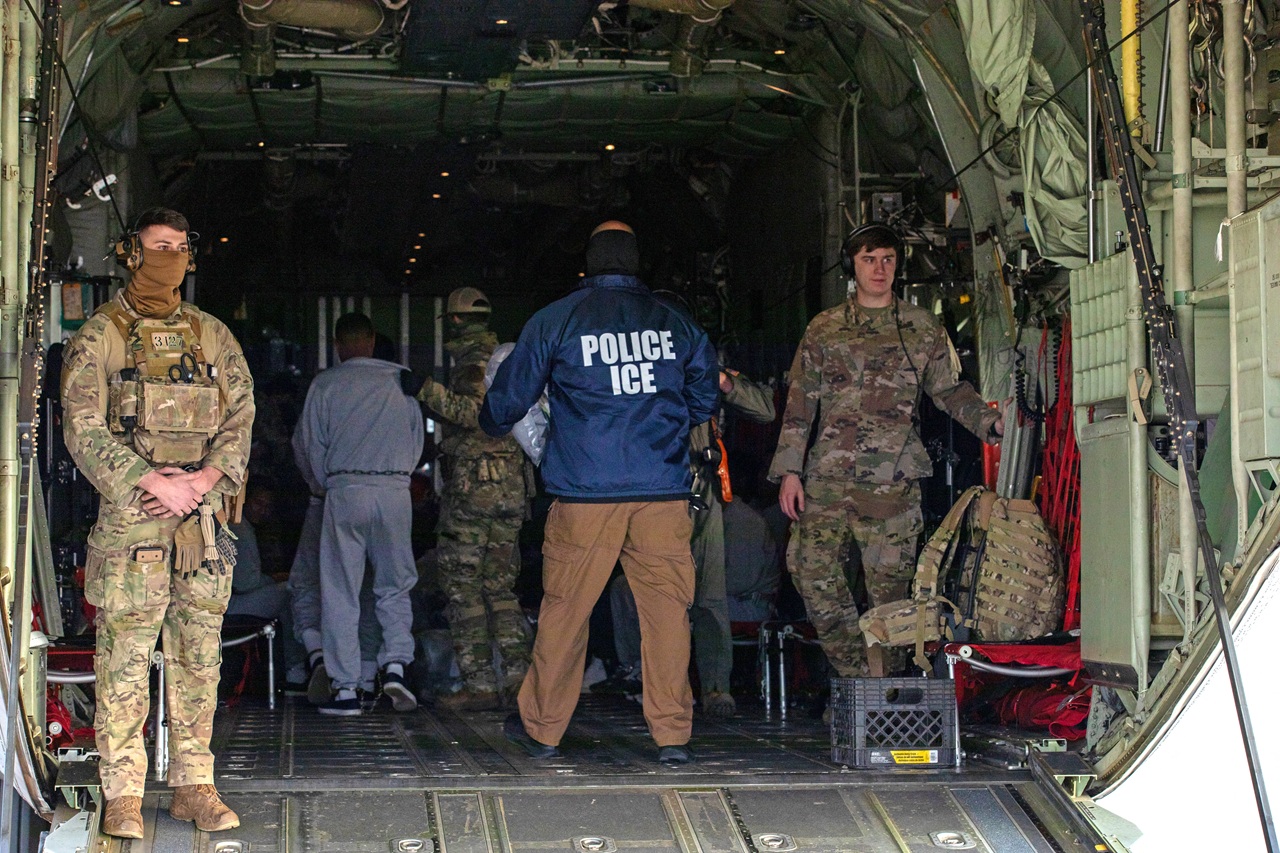
Hatred: The Resurgence of Extremism in the United States
Following the murder of Heather Heyer during the clashes between white supremacist groups and civil rights organizations in Charlottesville, we must ask…
An analysis conducted by the Southern Poverty Law Center has recorded recent activity by extremist and intolerant groups across the United States, resulting in a map of uncertain prognosis, which exemplifies this (perhaps-not -so) new phenomenon.
Defining hatred in the second decade of the twenty-first century doesn’t seem to make sense, but the development of recent events in the United States urges to emphasize definitions such as that of the Colombian scholar Maria Mercedes Gómez who exposes it as "violent behavior motivated by prejudice", in line with what the FBI’s defines as a crime given precisely by radical ideological positions.
Since the 1980s, hate crimes have become the subject of academic political and social research in the United States, especially with the decline of the Cold War and the emergence of groups defending civil rights, gender equality and respect to the homosexual community.
Globalization, technological development, and contemporary migrations meant an annihilation of ideological boundaries and heterogeneity, which implied prejudices as pre-historic and obsolete issues.
But history is doomed to repeat itself.
After witnessing the election of the first African-American president, it was assumed that the struggle for civil rights had gained enough ground and that the beautiful cultural tapestry that makes the United States the international spearhead of culture was already an integrated issue in the collective unconscious.

After witnessing the election of the first African-American president, it was assumed that the struggle for civil rights had gained enough ground and that the beautiful cultural tapestry that makes the United States the international spearhead of culture was already an integrated issue in the collective unconscious.
But the opening speech of Donald Trump's presidential campaign opened a badly healed wound, which began to bleed non-stop. "When Mexico sends its people, they don’t send the best ones. They send people with many problems, and they bring those problems to us. They bring drugs. They bring crime. They are rapists, and some, I assume, will be good people," said the man who would become the new president of the most powerful country in the world.
An analysis of the national territory by the SPLC showed the presence of 917 hate groups in the US, being California (79), Florida (63), Texas (55), New York (42) and Pennsylvania (40) the more prominent ones.
The Ku Klux Klan, the Neonazi, the White Nationalists, the Racist Skinheads and the Neo-Confederates add up to nearly half of all hate groups (450), representing a significant bias in the trend towards radical racism, although the increase has not been consistent, since the groups identified with the KKK have reduced from 190 to 130 in the period of one year and the Neo-Confederates have increased from 35 to 43.
But what are the characteristics that identify a nationalist or radical group? The most well-known among them - and whose emblem of white hoods and torches has resurfaced in events such as Charlottesville - is the Ku Klux Klan, formed in 1865 by former southern Civil War leaders, who claimed the right to slavery and racial segregation.

While the KKK emerged as a unitary group, there are currently multiple subgroups that have derived from its precepts and operate autonomously like the United Klans of America or the Traditionalist American Knights.
Likewise, the Neonazis are collectives that have taken up the symbolism of the swastika trying to claim the ideals of Adolf Hitler like anti-semitism and blood purity, a quite incongruous issue when talking about the American continent and its deep hybridization. These groups often coincide in Holocaust denial and blame the Jewish community for much of the world's economic and social problems.
These groups are usually cataloged in a larger group called White Supremacists, which share the same ideals of racism, anti-Semitism and religious intolerance against Catholics and Muslims. That’s why it is often generalized under this categorization to name any group that incites racial hatred or discrimination by creed.
RELATED CONTENT
Black separatist groups also pose a kind of "reverse racism," opposing interracial marriages, rejecting whites as well as Jews. A significant number of these groups, however, have been radicalized from the precepts of Islam, into Catholicism or even into Judaism, making them more difficult to determine.
Many of these groups also support an anti-LGBT position, defending violence against the homosexual community and rejecting equal marriage.
Since 2001, another phenomenon has taken hold within American society. We’re talking about anti-Muslim groups, who do not consider Islam as an official religion and label all Muslims as "terrorists" and dangerous agents to the nation.
In California, for example, 10 of the 79 currently active hate groups are anti-Muslim, 8 are racist Skinheads, 7 are neo-Nazis and 7 more are white nationalists, with 10 black separatist groups.
In Pennsylvania, 6 of the SPLC registered groups are identified as Skinheads (including Keystone United, Blood and Honor Social Club and the Supreme White Alliance), 7 are identified as part of the KKK, 4 as Neonazis and 8 are black separatists. There are also more than 6 white nationalist groups and there is even a group called Poker Face, which promotes hate music, and groups with aggressive and intolerant lyrics.
In both cases, the strength of the groups is divided between white nationalism and black separatism, two coercive forces that exemplify the consequences of the struggle for Civil Rights and the validity of racial debate in the United States.
Today’s global environment no longer represents a border-bounded space, even though many countries insist on maintaining them. The digital age and the mass dissemination of information have societies so interconnected that there is no longer a tree that falls without being heard.
The same is true of populations. The increase of the immigrant population in the country has displaced the former non-Hispanic white overpopulation, which represented 90% during the colonial era and currently represents 50%, by a heterogeneous conglomeration of colors, races, creeds and origins.
Blacks, Hispanics, Orientals and Arabs have been merged into a bloc of foreign-born immigrants who represent 13.7% (according to the SPLC data), and who today form a not-so-insignificant workforce and citizenship.
The community of white men - and with little academic training - has been displaced by the interests of society and has seen in the current president a hero who claims the nation "lost" in the hands of immigrants.
That is why the resurgence of hatred is the irreparable symptom of division and the contrary to what many people sought when they crossed the borders chasing the "American Dream."











LEAVE A COMMENT: